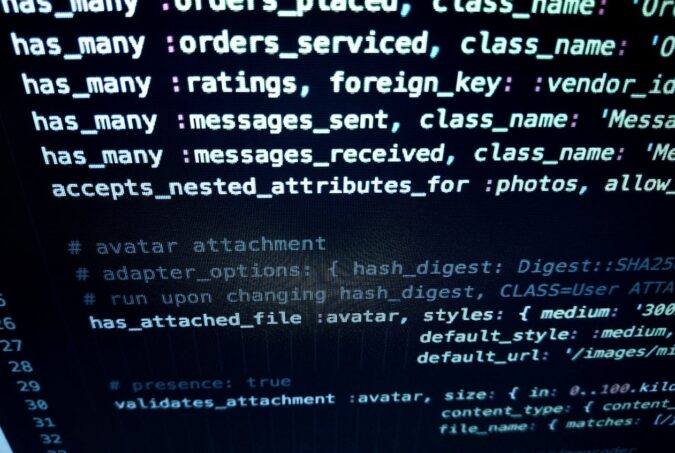
The range of academic literature analysing the risks and opportunities of Internet use for children has grown substantially in the past decade, but there’s still surprisingly little empirical evidence on how perceived risks translate into actual harms. Image by Brad Flickinger
Child Internet safety is a topic that continues to gain a great deal of media coverage and policy attention. Recent UK policy initiatives such as Active Choice Plus in which major UK broadband providers agreed to provide household-level filtering options, or the industry-led Internet Matters portal, reflect a public concern with the potential risks and harms of children’s Internet use. At the same time, the range of academic literature analysing the risks and opportunities of Internet use for children has grown substantially in the past decade, in large part due to the extensive international studies funded by the European Commission as part of the excellent EU Kids Online network. Whilst this has greatly helped us understand how children behave online, there’s still surprisingly little empirical evidence on how perceived risks translate into actual harms. This is a problematic, first, because risks can only be identified if we understand what types of harms we wish to avoid, and second, because if we only undertake research on the nature or extent of risk, then it’s difficult to learn anything useful about who is harmed, and what this means for their lives. Of course, the focus on risk rather than harm is understandable from an ethical and methodological perspective. It wouldn’t be ethical, for example, to conduct a trial in which one group of children was deliberately exposed to very violent or sexual content to observe whether any harms resulted. Similarly, surveys can ask respondents to self-report harms experienced online, perhaps through the lens of upsetting images or experiences. But again, there are ethical concerns about adding to children’s distress by questioning them extensively on difficult experiences, and in a survey context it’s also difficult to avoid imposing adult conceptions of ‘harm’ through the wording of the questions. Despite these difficulties, there are many research projects that aim to measure and understand the relationship between various types of physical, emotional or psychological harm…


